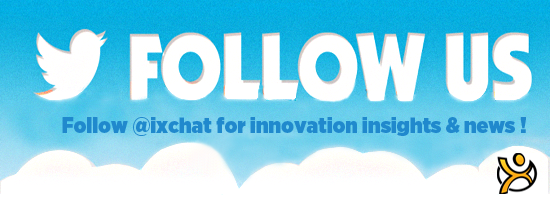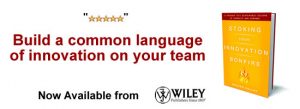Back to Basics: Elements in the Product Story
 Be clear with your product marketing!
Be clear with your product marketing!
Many companies and people confuse what they mean when discussing Value Propositions, Benefits, and Features. Be clear with your product marketing.
Value Prop:
Definition: A value proposition is the concise statement of the overarching solution to your customer’s problem. The solution then is not your product or its technical details, but the solution your product or service provides; i.e. the end result, the value given to the customer.
Example:
Fountain of Youth: Instantly rediscover youthful energy, health, beauty, and a sense of wonder.
The difference between Benefits and Features. Many professionals confuse the terms Benefits and Features. A feature is an actual, factual, or functional statement about what a product can do. A benefit answers the question “what does your product or service do for me?†in ways that resonate with the target audience.
Benefit:
Definition: Benefits are outcomes consumers get from using our products. Benefit statements answer why, not what.
There are different types of benefits. Make sure you create at least a few different types for each product line to maximize the effect.
There are objective benefits, psychology benefits that hover around trust and peace of mind, positive emotional benefits such as confidence or satisfaction, emotional relief benefits that thwart a negative feeling like safety or peace of mind, problem-solving benefits are targeted to specific gains such as whiter teeth, economic benefit, and vanity.
Example: Fountain of youth
- Objective: regain your youthful energy and vigor
- Psychological: the only authentic tonic from the actual fountain of youth
- Positive emotion: feel your youth restored instantly, radiate
- Emotional relief: never feel old and useless again
- Problem solving: feel like yourself at age 12, even at 70
- Economic: for only $15.99 a month you can restore your youth
- Vanity: You’ll look better than all the ladies on the tennis team
Pro Tip: If you tend to utilize just one benefit approach by default, explore another type or two—it may be a welcome refresher to your marketing. Make sure each product line has three-to-five benefit types.
Feature:
Definition: Features are facts or attributes about a product or service. Features describe what actually makes your product valuable or extraordinary for a consumer. Everything from “two-inch insulated fabric†to “our nurses complete 30 additional hours of continuing education each year†are features.
Example: Fountain of youth
- Four ounces change your molecular structure back to its 12-year old self for a month
- Now in a Funnel Cake flavor
Now, here is the last bit of advice for this guide. Work backwards.
- Compile a list of your product features. Leave room to add your value proposition and benefits later.
- Go back over your feature list and write in one or two advantages of each.
- Put yourself into your prospective buyer’s shoes, and develop a benefit statement for each advantage
image credit: bigstockphoto.com
Wait! Before you go…
Choose how you want the latest innovation content delivered to you:
- Daily — RSS Feed — Email — Twitter — Facebook — Linkedin Today
- Weekly — Email Newsletter — Free Magazine — Linkedin Group
 Michael Graber is the managing partner of the Southern Growth Studio, an innovation and strategic growth firm based in Memphis, TN and the author of Going Electric. Visit www.southerngrowthstudio.com to learn more.
Michael Graber is the managing partner of the Southern Growth Studio, an innovation and strategic growth firm based in Memphis, TN and the author of Going Electric. Visit www.southerngrowthstudio.com to learn more.
NEVER MISS ANOTHER NEWSLETTER!
LATEST BLOGS
Starbucks and Big Tobacco
Back in the 1950’s smoking was glamorous, and just about everybody who was anybody smoked cigarettes. Then came the discovery, to the shock of millions, that sucking smoke into your lungs might not be good for you. Then came another revelation that one of the substances in tobacco, nicotine, which was used as a poison by the Egyptians during the times of the Great Pyramids, is addictive. People then began a mass exodus from the consumption of nicotine via inhaled smoke.
Read MoreWal-Mart Goes Green – What about your company?
With the price of gas above $3.00, some companies (and hopefully all) are beginning to look at the fuel efficiency of their fleets. Wal-Mart is the most public example of this with its trucking fleet. Its efforts include:
Read More



